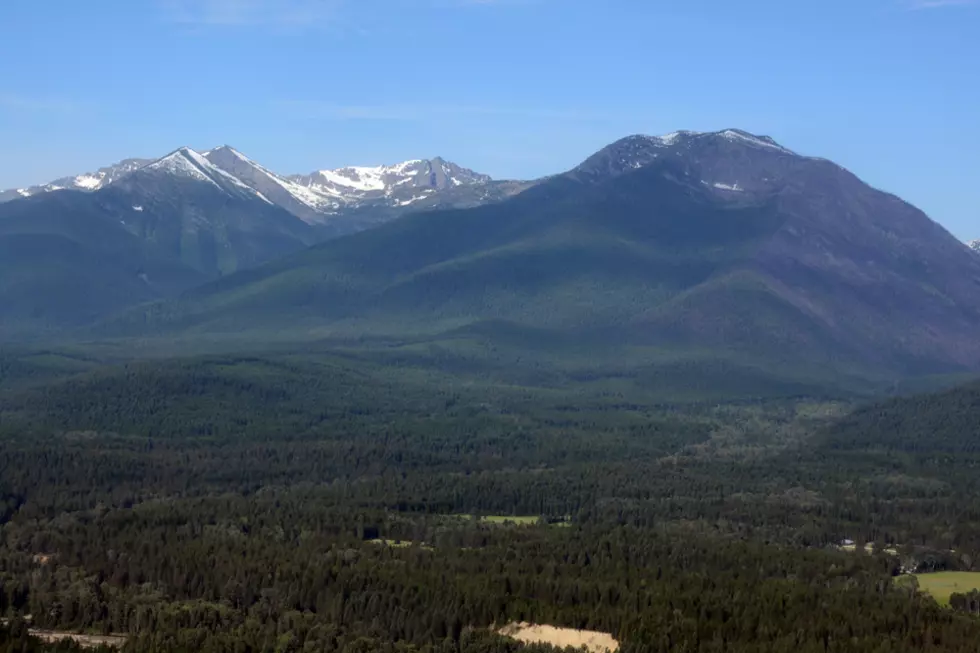
Cabinet Mountains: Judge wants proof mine won’t harm grizzly bears, bull trout
The U.S. Forest Service may have to do more analysis before it can approve a proposed mine that would tunnel beneath the Cabinet Mountains in northwest Montana.
Last week, Missoula federal district Judge Donald Molloy ruled the U.S. Fish and Wildlife Service, the Forest Service and RC Resources will have to prove in court that they properly considered the mine’s effects on threatened species, namely bull trout and grizzly bears.
RC Resources, a subsidiary of Hecla Mining, is the company applying to open the Rock Creek Mine beneath the Cabinet Mountains.
Opponents of the mine, namely the Ksanka Crazy Dog Society of the Kootenai Nation and six environmental organizations, sued in January, asserting the Fish and Wildlife Service cut a number of corners when it gave the Forest Service a nod to grant yet another permit to RC Resources in August 2018.
Federal attorneys asked Molloy to throw out some of those challenges, claiming they weren’t valid.
This is the fourth round of litigation over the permit. In 2010, the previous permit was invalidated because the Forest Service hadn’t allowed proper public involvement under the National Environmental Policy Act.
Now the environmental groups say the Fish and Wildlife Service was wrong when it decided it didn’t need to update a 2006 biological opinion on grizzly bears. They said the agency should have looked at the grizzly bear deaths that have occurred in the Cabinets in the past decade. By issuing a supplement in 2017 that didn’t do that, the agency was being “arbitrary and capricious,” the groups said.
Molloy said the federal attorneys hadn’t proved otherwise, so he’s allowing the challenge to stand.
When it came to bull trout, the environmental groups charged that the Fish and Wildlife Service violated the Endangered Species Act by making allowances for some bull trout to die when three sections of streams will dry up once the mine is in operation.
The Endangered Species Act allows the Fish and Wildlife Service to approve a certain amount of “take,” or killing, of threatened or endangered species, but a specific number is usually set.
In the case of the mine, the Fish and Wildlife Service just said bull trout deaths are limited to the three stream segments, without setting a limit.
The environmental groups said that breaks the law because too many trout may die without a “trigger” to stop the taking.
“Plaintiffs don’t argue for any particular standard here; they merely assert there should be a standard,” Molloy wrote.
Federal attorneys argued the Forest Service permit is only for the first phase, which is exploratory, and not the second phase, where the mine is in operation. They claimed the environmental groups couldn’t challenge the permit based on Phase II.
That argument didn’t work in this case, Molloy said. His previous rulings concluded it doesn’t matter how many steps are required to reach the point where harm occurs, only that there’s a good chance harm will occur.
“Here, (RC Resources) and its predecessors’ long history of applying to operate the mine, and the Forest Service’s long history of approving it, pushes the implementation of Phase II from the purely subjective to the reasonably probable,” Molloy wrote.
The Rock Creek Mine is also struggling with permits from the Montana Department of Environmental Quality. Most recently, in July, a district court struck down a pollution discharge permit for the mine, saying DEQ violated federal and state Clean Water Acts.
The environmental groups challenging the mine include the Rock Creek Alliance, Earthworks, the Montana Environmental Information Center, Defenders of Wildlife, the Sierra Club and the Center for Biological Diversity.
Contact reporter Laura Lundquist at lundquist@missoulacurrent.com
